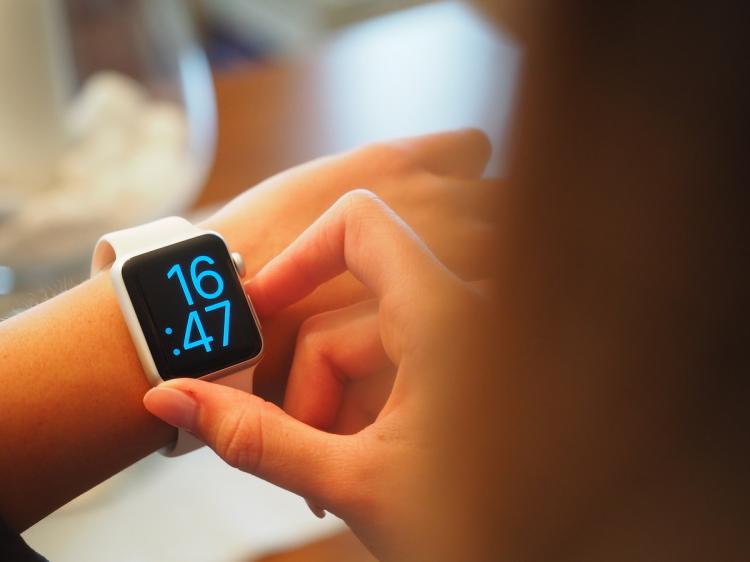By Genevieve Wanucha
Lewy Body Dementia, the 2nd most common cause of dementia after Alzheimer's disease, affects 1.4 million Americans. The condition, experienced by the late comedian Robin Williams, describes patients whose earliest symptoms include a decline in thinking abilities, visual hallucinations, and REM sleep behavior disorder. The patients later develop tremor, increased muscle tone, slowness of movements, and gait problems. They also face a diagnostic dilemma and often miss out on the benefits of early intervention.
The condition is under diagnosed because the symptoms of Lewy Body Dementia overlap with those of Alzheimer's and Parkinson's diseases, and psychiatric disorders, and the clinical diagnosis is currently based only on which symptoms came first.

Debby Tsuang, MD, Professor, UW Psychiatry and Behavioral Sciences/ Veterans Affairs Puget Sound Health Care System-Seattle
Dr. Debby Tsuang, MD, Professor, UW Psychiatry and Behavioral Sciences, has studied Lewy Body Dementia for over 25 years and runs the Dementia with Lewy Body Consortium Study site at the VA Puget Sound Health Care Center/UW. She and her collaborators have long focused on finding biological markers to improve the specificity of diagnosis of people during life and pave the way for effective clinical trials and earlier intervention. The UW Memory and Brain Wellness Center/ADRC is also a Research Center of Excellence for Lewy Body Dementia.
Tsuang is now leading a new study to find out if objective measures of sleep and movement patterns can effectively differentiate between people living with symptoms of probable Lewy Body Dementia and Alzheimer’s disease. This innovative approach will capture these measures from people outside of the clinic, in their own homes. “We know there is so much info we lose when we only evaluate patients in clinic every 6 months,” says Tsuang. These data from a patient’s real-life environment, rather than from a sleep study in an unfamiliar lab setting, promises a fuller, clearer clinical picture.
Collaborators include researchers in the UW Department of Psychiatry and Behavioral Sciences, UW Department of Neurology, UW Department of Environmental and Occupational Health Sciences, the Mayo Clinic, the Cleveland Clinic, and Advanced Home Monitoring.
In the study (now enrolling), subjects will wear an actigraphy monitor, a device worn like a watch on the wrist of the non-dominant hand and measures activity through light and movement. It will capture walking pace, gait, distance covered, calorie burned, and heart rate. The subjects will also wear a Sleep Profiler, a self-applied device that records REM sleep muscle activity and that can identify sleep disorders common in Lewy Body dementia.
Tsuang recently discussed this study at a recent meeting of the Alzheimer’s Disease Research Network of Washington State. “Using these data, we will develop composite measures that can combine with traditional diagnostic measures, in order to improve diagnosis of Lewy Body Dementia and Alzheimer’s disease dementia.” No other studies have used actigraphy to make a diagnosis of early dementia that accurately differentiates between similar conditions, she notes. However, Tsuang and colleagues have already successfully used wearable tech with research subjects living with dementia.
If successful, the effort would be a major step forward in biomarker research. “To be able to use less expensive tools to study and diagnose dementia at early stages will be a welcome addition because the current research biomarkers are expensive or burdensome, such as spinal fluid taps or PET scans,” she says.
As Tsuang has previously presented at public talks, the early diagnosis Lewy Body dementia has many benefits, such as prevention of the use of medications that increase the risk of psychosis in patients with Lewy Body Dementia; time for families to plan medical and legal affairs; and time to build a support system to stay independent and maximize quality of life. Alternative therapies for Lewy Body Dementia include Tai Chi to improve gait and balance, and remembrance therapy, music therapy, and pet therapy to enhance wellbeing and mood.
For information about this study, please see the flyer.






